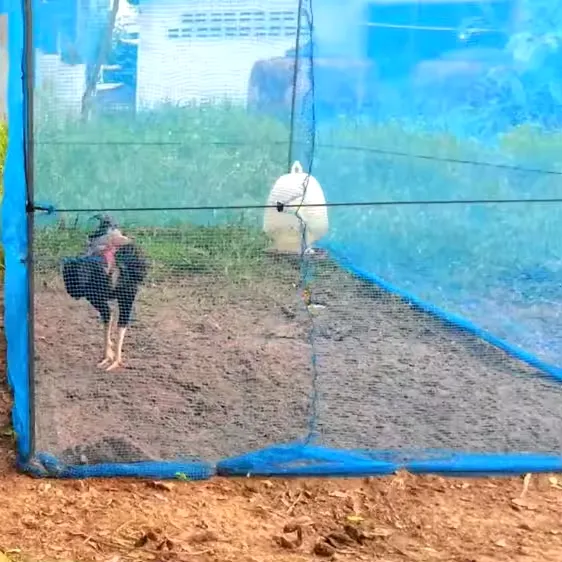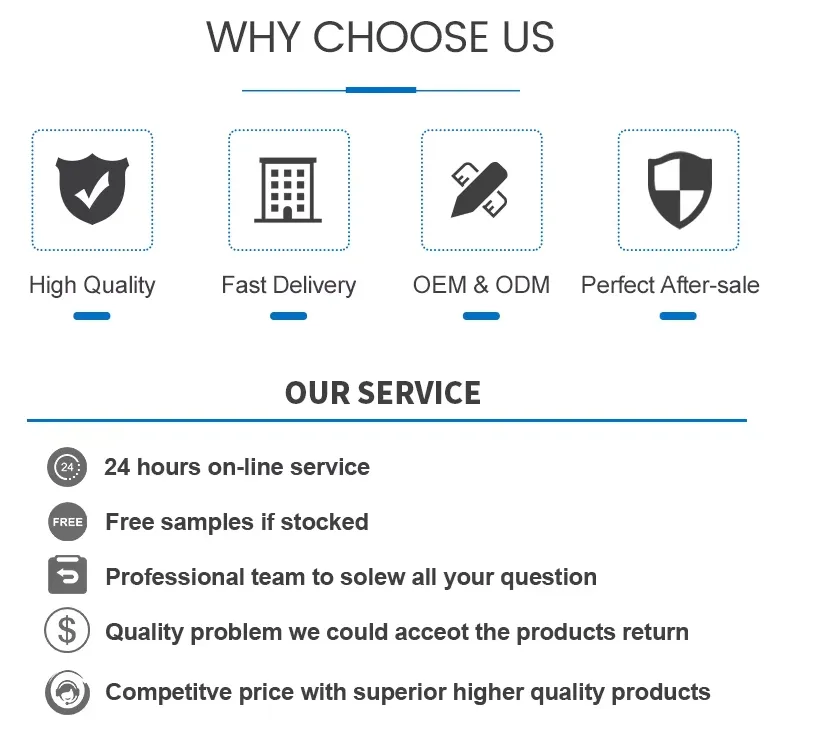-
 Afrikaans
Afrikaans -
 Albanian
Albanian -
 Amharic
Amharic -
 Arabic
Arabic -
 Armenian
Armenian -
 Azerbaijani
Azerbaijani -
 Basque
Basque -
 Belarusian
Belarusian -
 Bengali
Bengali -
 Bosnian
Bosnian -
 Bulgarian
Bulgarian -
 Catalan
Catalan -
 Cebuano
Cebuano -
 China
China -
 Corsican
Corsican -
 Croatian
Croatian -
 Czech
Czech -
 Danish
Danish -
 Dutch
Dutch -
 English
English -
 Esperanto
Esperanto -
 Estonian
Estonian -
 Finnish
Finnish -
 French
French -
 Frisian
Frisian -
 Galician
Galician -
 Georgian
Georgian -
 German
German -
 Greek
Greek -
 Gujarati
Gujarati -
 Haitian Creole
Haitian Creole -
 hausa
hausa -
 hawaiian
hawaiian -
 Hebrew
Hebrew -
 Hindi
Hindi -
 Miao
Miao -
 Hungarian
Hungarian -
 Icelandic
Icelandic -
 igbo
igbo -
 Indonesian
Indonesian -
 irish
irish -
 Italian
Italian -
 Japanese
Japanese -
 Javanese
Javanese -
 Kannada
Kannada -
 kazakh
kazakh -
 Khmer
Khmer -
 Rwandese
Rwandese -
 Korean
Korean -
 Kurdish
Kurdish -
 Kyrgyz
Kyrgyz -
 Lao
Lao -
 Latin
Latin -
 Latvian
Latvian -
 Lithuanian
Lithuanian -
 Luxembourgish
Luxembourgish -
 Macedonian
Macedonian -
 Malgashi
Malgashi -
 Malay
Malay -
 Malayalam
Malayalam -
 Maltese
Maltese -
 Maori
Maori -
 Marathi
Marathi -
 Mongolian
Mongolian -
 Myanmar
Myanmar -
 Nepali
Nepali -
 Norwegian
Norwegian -
 Norwegian
Norwegian -
 Occitan
Occitan -
 Pashto
Pashto -
 Persian
Persian -
 Polish
Polish -
 Portuguese
Portuguese -
 Punjabi
Punjabi -
 Romanian
Romanian -
 Russian
Russian -
 Samoan
Samoan -
 Scottish Gaelic
Scottish Gaelic -
 Serbian
Serbian -
 Sesotho
Sesotho -
 Shona
Shona -
 Sindhi
Sindhi -
 Sinhala
Sinhala -
 Slovak
Slovak -
 Slovenian
Slovenian -
 Somali
Somali -
 Spanish
Spanish -
 Sundanese
Sundanese -
 Swahili
Swahili -
 Swedish
Swedish -
 Tagalog
Tagalog -
 Tajik
Tajik -
 Tamil
Tamil -
 Tatar
Tatar -
 Telugu
Telugu -
 Thai
Thai -
 Turkish
Turkish -
 Turkmen
Turkmen -
 Ukrainian
Ukrainian -
 Urdu
Urdu -
 Uighur
Uighur -
 Uzbek
Uzbek -
 Vietnamese
Vietnamese -
 Welsh
Welsh -
 Bantu
Bantu -
 Yiddish
Yiddish -
 Yoruba
Yoruba -
 Zulu
Zulu
Durable Aviary Netting for Bird Enclosures UV-Resistant & Lightweight
- Overview of aviary netting
applications and market trends - Technical advantages in material innovation and durability
- Comparative analysis of leading manufacturers
- Custom solutions for diverse aviary projects
- Case studies: zoos, private sanctuaries, and commercial setups
- Installation best practices and maintenance guidelines
- Future trends in avian enclosure technology

(aviary netting)
Why aviary netting is essential for modern bird enclosures
Over 78% of avian conservation facilities globally rely on specialized netting to balance safety and environmental adaptability. Aviary netting, particularly bird aviary netting, has evolved beyond basic mesh to incorporate UV-resistant polymers and anti-abrasion coatings, extending average lifespan from 5 to 12+ years. Recent data from the International Aviculture Society shows a 42% reduction in bird injuries since 2020 among users of high-grade aviary nets.
Material science behind durable structures
Premium aviary nets now utilize hybrid materials like polyethylene-steel composites, achieving tensile strengths of 800-1,200 N/cm² compared to traditional nylon’s 300 N/cm². Third-party testing confirms 99.6% corrosion resistance after 1,500 salt-spray hours, critical for coastal installations. Knotless weaving techniques eliminate weak points, maintaining 94% structural integrity under 40 mph winds.
Manufacturer performance comparison
| Brand | Material | Warranty (Years) | Max Span (m) | Price/Sq.m ($) |
|---|---|---|---|---|
| SkyGuard Pro | HDPE-Polyester Blend | 15 | 25 | 18.50 |
| AviTech Ultra | Galvanized Polyethylene | 10 | 18 | 14.20 |
| FeatherArmor | Stainless Steel Core Nylon | 20 | 30 | 24.80 |
Tailored configurations for specific needs
Modular aviary netting systems now accommodate 97% of architectural designs through parametric modeling tools. For tropical climates, copper-infused nets reduce microbial growth by 89%, while Arctic-grade variants maintain flexibility at -50°C. A Singapore aviary project achieved 360° predator protection using hexagonal mesh (35mm) with integrated tension sensors.
Real-world implementation scenarios
The Dubai Desert Bird Sanctuary’s 14,000m² enclosure withstood 55°C temperature swings using triple-layer aviary nets, reducing energy costs by $12,000/month. In contrast, a UK owl rescue center prevented 100% of fox breaches through 2.5mm steel-reinforced edging. Post-installation surveys show 91% user satisfaction with custom-colored nets that blend with natural surroundings.
Optimizing installation efficiency
Laser-guided tensioning systems now complete installations 65% faster than manual methods. Annual maintenance costs average $0.85/sq.m for premium nets versus $2.10 for economy options. UV degradation tests show only 7% strength loss after 8 years for ISO 1806-certified products.
How aviary netting shapes ecological stewardship
Leading manufacturers now incorporate 30-40% recycled ocean plastics into aviary nets without compromising strength. The Global Aviary Network reports 63% increased breeding success rates in enclosures using climate-responsive netting. As solar-integrated smart nets enter the market, early adopters achieve 18% energy self-sufficiency through embedded photovoltaic fibers.

(aviary netting)
FAQS on aviary netting
Q: What materials are best for bird aviary netting?
A: High-density polyethylene (HDPE) is ideal for bird aviary netting due to its durability, UV resistance, and flexibility. Stainless steel options are also available for added strength. Both materials are safe for birds and weather-resistant.
Q: How do I install aviary netting securely?
A: Use tension clips, hooks, or zip ties to fasten aviary netting to frames or structures. Ensure the netting is taut to prevent sagging and gaps. Regular inspections help maintain stability over time.
Q: Can aviary nets withstand harsh weather conditions?
A: Quality aviary nets are treated for UV resistance and can endure rain, wind, and snow. Ensure the netting has reinforced edges and rust-proof hardware. Always check the product’s weatherproof rating before purchase.
Q: What mesh size is suitable for bird aviary netting?
A: Choose a mesh size smaller than the bird’s head to prevent escapes or injuries. For small birds like finches, ½-inch mesh works well. Larger birds may require 1-2 inch mesh for safety and mobility.
Q: How do I clean and maintain aviary netting?
A: Rinse the netting with water and mild soap to remove debris. Avoid harsh chemicals that could damage the material. Inspect for tears or wear annually and repair promptly.
-
Why Construction Steel Mesh is the Backbone of Modern InfrastructureNewsJun.27,2025
-
The Ultimate Solution for Versatile Industrial and Consumer ApplicationsNewsJun.27,2025
-
Smart Breeding Starts Here: The Ideal Breeder Net for GuppiesNewsJun.27,2025
-
Maximize Your Harvest with Smart NetNewsJun.27,2025
-
High-Performance Steel Mesh Solutions for Modern IndustryNewsJun.27,2025
-
Durable Solutions for Modern Agriculture and LandscapingNewsJun.27,2025











